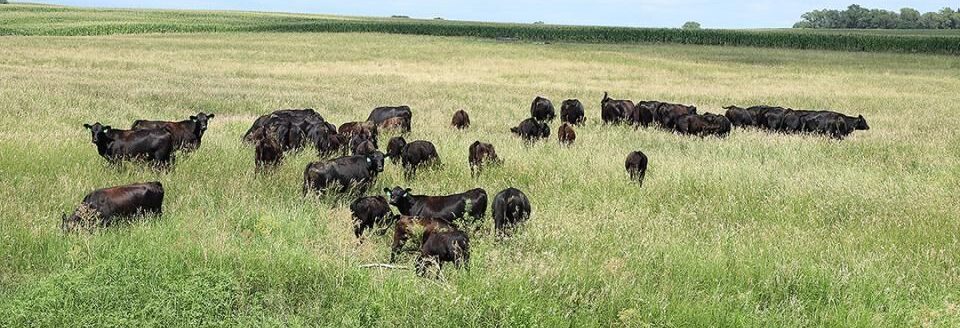Fertilizing warm-season grass is a practice some producers do, but one should consider forage needs, the value of the forage and fertilizer costs.
Warm-season grasses are very efficient at using water and nutrients. Where moisture is present, warm-season grasses will grow rapidly when air and soil temperatures increase. With fertilizer, growth will be more abundant resulting in more hay or grazing days. Mid-May to early-June is the window to fertilize.
How much fertilizer to apply depends on each operation. First, consider whether or not fertilizing is worth the cost. If extra growth won’t get grazed or extra hay won’t get fed, then fertilizing won’t be economical.
Knowing what species will be fertilized can also help with the decision. Taller growing warm-season grasses such as switchgrass, big bluestem and Indiangrass will be the most efficient with the fertilizer. Shorter warm-season grasses such as sideoats grama and little bluestem will have less response to fertilizer.
Moisture is the last key consideration. In eastern Nebraska, in a year with average or above average moisture, a rate of 50 to 60 pounds of nitrogen per acre will have a great response. In a drier year, the response will be lower/less. For central and western Nebraska, 40 pounds of nitrogen on subirrigated meadows will do well. Outside of subirrigated meadows, nitrogen may not pay off unless there is adequate moisture. Without moisture, the response may not be worth the cost.
Fertilizing warm-season grasses may be a benefit to an operation if done soon. Hay yield or grazing days may increase if managed well with fertilizer.




